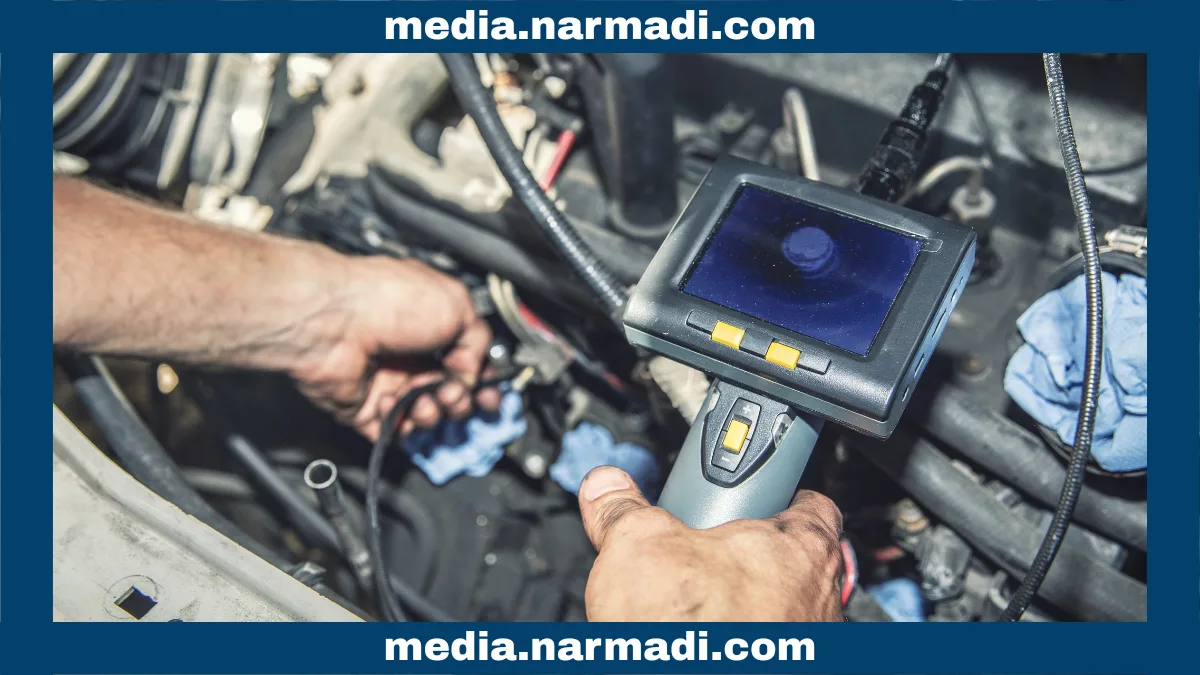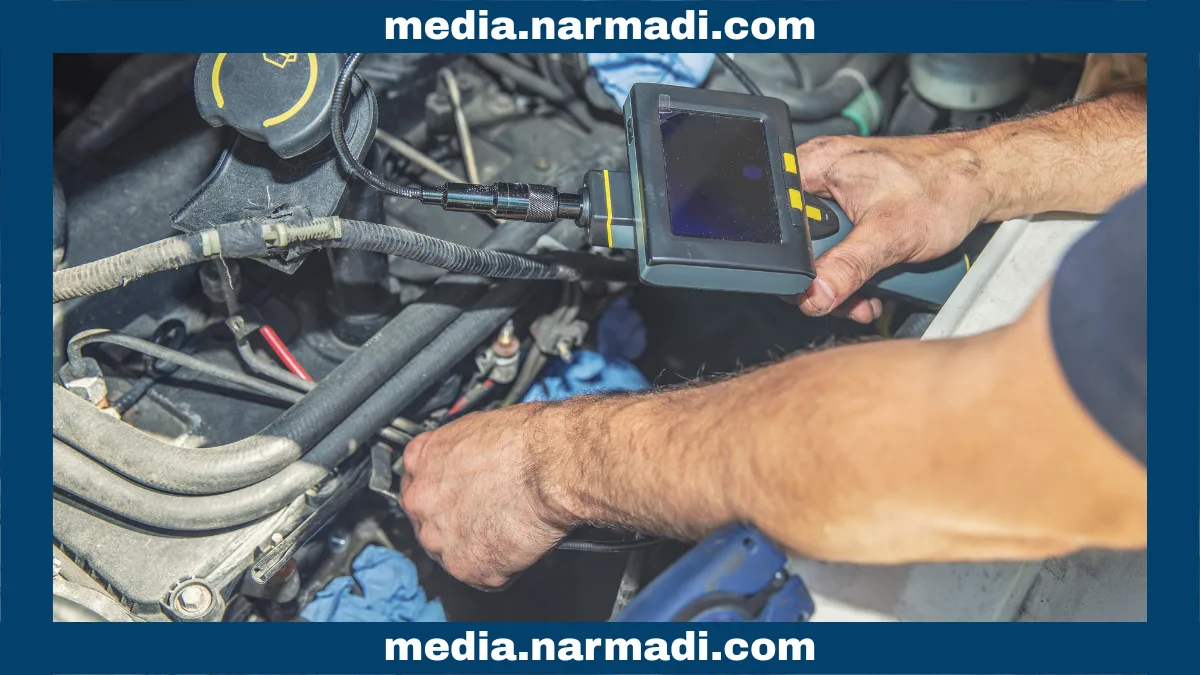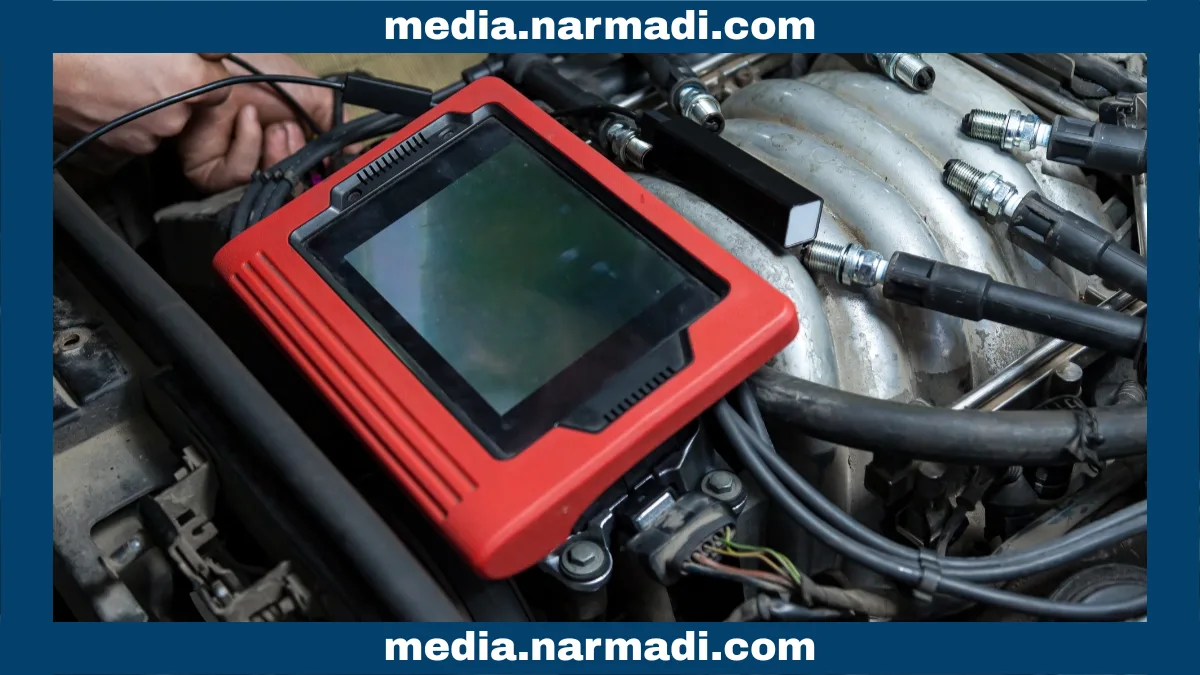In many technical jobs, inspections are not only carried out on visible parts. Therefore, barescope cameras are used to assist with inspections in internal areas, such as car engines, pipes behind walls, or water leaks.
With barescope cameras, detailed inspections can be carried out without having to dismantle entire components. This certainly saves time and operational costs.
Outside of industries that frequently use it, this tool may still be unfamiliar. However, there is no need to worry, as this article will provide information about barescope cameras, from their definition, how they work, their uses, to the regulations governing their use.
What is a Barescope Camera?

A barescope camera is an electronic device that is often used in industries such as manufacturing, aerospace, and automotive. This camera is used for inspection to provide visualization of areas that are difficult to reach, narrow, or closed. This tool is equipped with a small camera placed at the end of a cable or flexible tube.
It is usually also equipped with an LED light so that it can still capture images well. This tool allows images to be taken without having to dismantle the area to be inspected. The images or videos from the barescope camera can be accessed in real-time from a monitor screen, computer, or mobile phone to view the inspection results in more detail.
How Does a Barescope Camera Work?

The way a barescope camera works is actually quite simple. The camera at the end of the cable captures images with the help of an LED light, and the results appear on the screen. Here is how it works in more detail:
- The camera captures images: A small camera at the end of the cable or tube can see into the cavity of the area to be inspected.
- LED light illuminates: Dark and poorly lit areas are illuminated by the LED light to help the camera continue capturing images effectively.
- Image transmission: The images captured by the camera are sent to the screen for the operator to view.
In older models, barescope cameras use cables to connect the camera to the screen. Meanwhile, newer models are usually equipped with Bluetooth or WiFi connectivity, allowing them to connect directly to a smartphone via an app. This connectivity enables more efficient inspections as they can be conducted remotely.
The Uses of the Borescope Camera

Non-destructive inspection
The main purpose of a barescope camera is to inspect hard-to-reach areas without the need for dismantling. Technicians can still see the inside of machines, pipes, or other components using the camera. As a result, inspections are faster and more cost-effective.
Detecting problems early
By conducting inspections, technicians can identify problems such as corrosion, cracks, and blockages. Even wear and tear on components that are difficult to access can be detected early. This allows for immediate repairs or component replacement.
Providing analyzable data
Baroscope cameras can take pictures and record videos. The results can be used as documentation data for further analysis. In addition, the data can also be used as evidence for reports and audits.
As a verification and maintenance tool The recordings from this small camera can be used to verify repairs and ensure the integrity of a system. This tool also supports routine proactive maintenance. This means that all actions are based on accurate inspection results.
Can be applied in various fields
Barescope is often used in the manufacturing, aerospace, and automotive industries. However, fields such as construction and medicine also require this small camera. The construction field can use it to see cable routes or pipes. Meanwhile, the medical field can use it to see internal organs, known as endoscopy.
Borescope Camera Regulation

A borescope camera utilizes Bluetooth and WiFi technology, which operates within a specific frequency spectrum. In every country, all Bluetooth and WiFi-based wireless devices are required to have Radio Frequency (RF) Certification.
Borescope camera regulations require all radio frequency-based devices to meet certain technical standards before they can be sold in that country. This certification ensures that the product complies with government safety and quality regulations and does not interfere with other communication devices.
The certification process involves technical testing, such as frequency adjustment, safety checks, and compatibility with the surrounding environment. Once testing is complete, products that pass will be listed in a Test Report, confirming that they are safe and ready for sale. This report assures customers that the product meets technical standards and is safe.
For companies wishing to sell borescope cameras, Product Compliance Specialists are available to assist with this process. This service includes preparing technical and legal documents, conducting the necessary testing, ensuring regulatory compliance, helping companies streamline the certification process, and providing consumers with confidence in certified products.